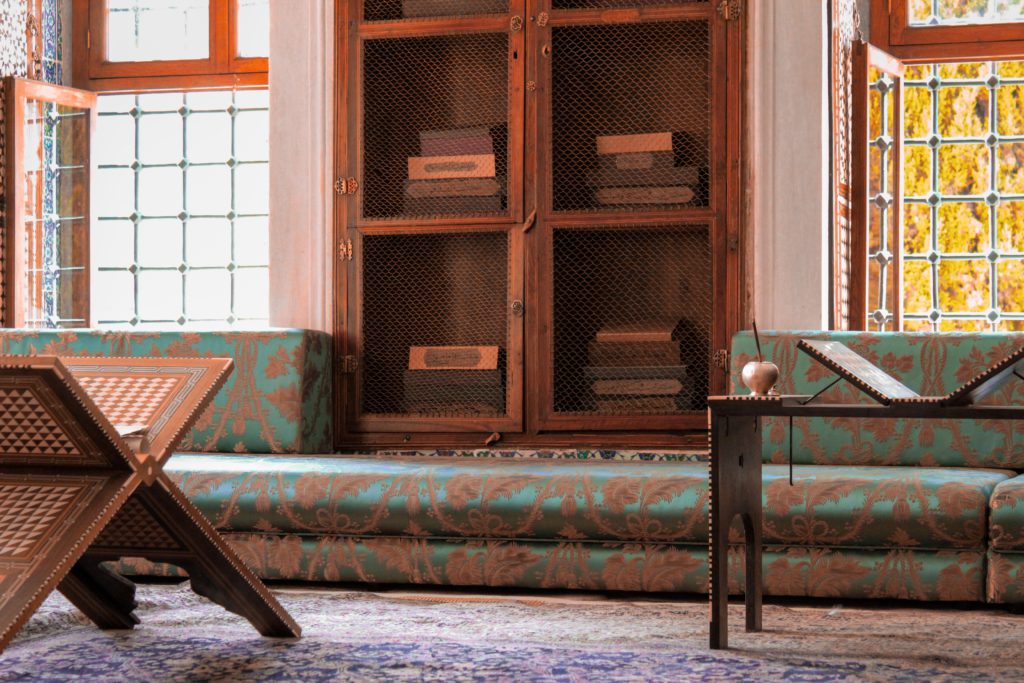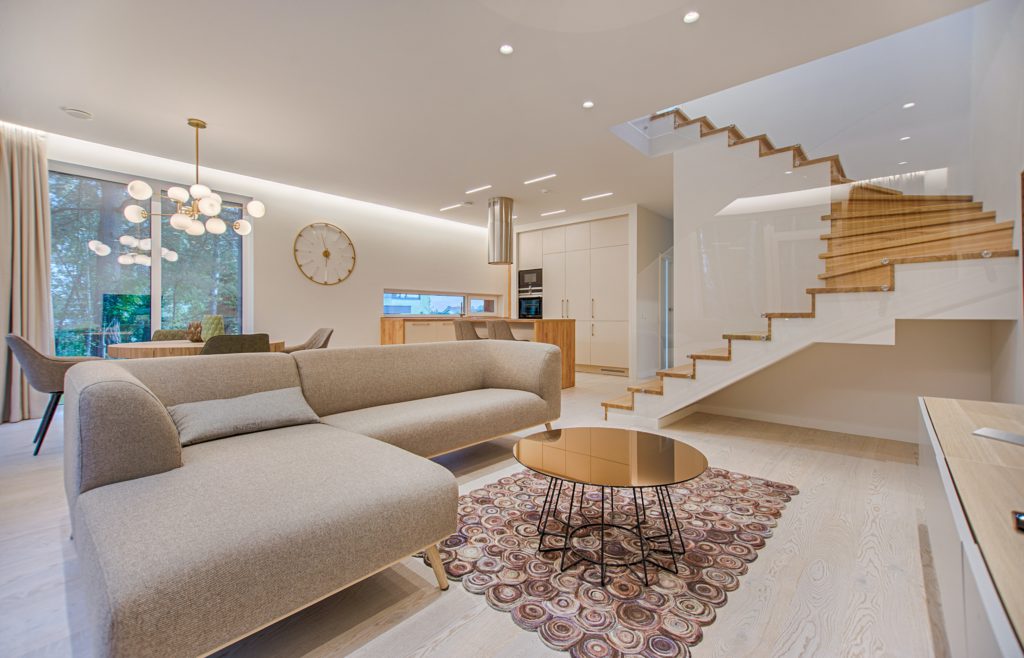From psychedelic-patterned wallpapers to utilitarian furniture, to flowery curtains, we look back on the history of interior design, and how our homes have changed. In the 70s, wallpaper, wicker, decorative paintings, and patterns showed how interior design styles have changed over time. If you would like an example of how interior design has changed in the years since 2000, consider the design of the traditional wood furniture with a modern industrial house setting.
For most homes in the 70s, the living room was a focal point, the place you would look at major design elements. Interior designers during the 20th century felt mass-produced house furnishings made spaces feel bland, boring, and lacking distinctive character. By the 20th century, function had become the key component of interior design approaches, as the increasing availability of appliances like furnaces, washing machines, and televisions presented new challenges for interior designers, who had to design spaces with more than just aesthetic reasons in mind.
With technological advances in appliances, the addition of washing machines, televisions, and stoves presented new and exciting challenges to interior designers worldwide. As technology became more affordable to the average home owner, one began to see design that focused on entertainment, including a radio, TV or film player. The rise of media, from interior design magazines to television shows about home improvements, introduced an increased awareness of interior design to the masses, and people began decorating their homes to showcase their own unique design preferences.
In the 1970s, bright colors, loud designs, and a sense of freedom were trends that filtered down to home decor as well as into popular culture. The 70s home design was marked by shag carpeting, floral patterns, open-concept floor plans, woodgrain and stone elements, and saturated textures in both walls and ceilings. The home design of a home from the 1990s was different from that of any previous decade. Many 90s designs are still used today, with many modern LIVING space homes still sporting that signature “90s look” so popular. Many The 1990s designs are still in us today, and many contemporary homes have kept that classic 90s look that became so in vogue.

Classic furniture designs are making a comeback in many cities across the country, and although contemporary aesthetics are still used extensively, we are seeing more and more people turning to classics. Let us quickly take a look at the last ten years, and summarize the biggest interior trends throughout history, which are still having an impact on actual aesthetics. When looking back on the styles of the interiors through history, we have a choice of mixing and matching elements we love, as well as replacing elements that we dislike.
The way we choose to decorate, position, and depict our homes is influenced by not just ourselves, but the fashions, technologies, and trends of the decade in which we are living. In many ways, the trends we see in interior design during the 20th and 21st centuries can be classified as embracing and reacting to emerging, innovative technologies, as well as an eclectic blend of the old and the new. Designers from HomeAdvisor, the digital marketplace for home services, created a one-of-a-kind project to showcase just how dramatically interior design trends have changed in the last 600 years.
Very recently, the home design trend has taken over the world. In a little over 100 years, what started out as an art of decoration, with an appreciation for both form and function, has evolved in leaps and bounds to the highly professional field of interior design today, which requires years of education and experience. Interior design is a practice thousands of years old, and has changed drastically over the course of time, depending on the styles of the time. Modern interior design features a heady mix of design styles from the early twentieth century, including constructivism, cubism, modernism, German architect Walter Bauhaus, art nouveau, and futurism. Over the following two centuries, a number of innovative, contemporary interior design movements would emerge and fall in and out of fashion with changing times, including the Art Deco, Art Nouveau, Victorian, and Industrial Bauhaus styles.
As a result, Art Deco trends that originated in Paris, and more modernist Bauhaus styles from Germany, began to encompass the interior design world in the Roaring 20s. Art Deco and modernism made their way from architecture into interior spaces, in the form of clean lines, simplicity in form, and contemporary materials and finishes like recessed wood, chrome, polished bronze, and lacquer. The Arts & Crafts Movements interiors shared a similar aesthetic of simplicity, high-quality materials, and connection with nature. Home designs began to look much more domestic than typical contemporary designs. What is also great to appreciate is that, frequently, while being original and novel, every new home design trend is more or less clearly adopting a characteristic statement of a previous one, particularly of the XX-century, which was a shockingly rich, varied, productive, and influential time in design history.
Ironically, there are a growing number of people looking at the past to find design inspiration, which has led to retro-inspired living styles which are much more focused on their cultural tastes rather than maintaining the status quo. More than ever, people are looking to interior designer london to inject their homes with glamor through exotic objects found during travels overseas, mirrored tiles, bold geometric shapes, and stylised representations of contemporary transportation.

